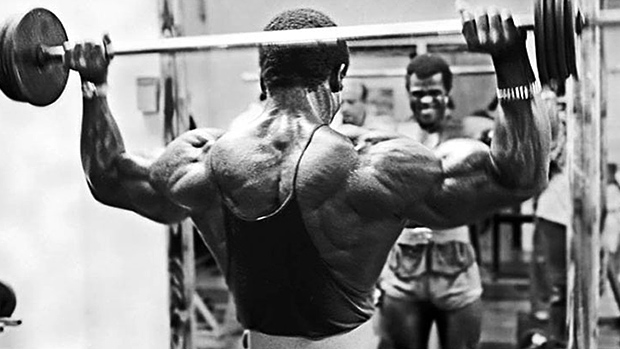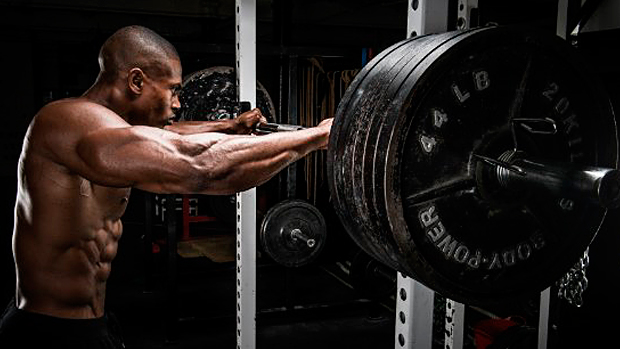Many people are quick to say that certain exercise are "bad" and will cause injuries. Of course, anything you do can cause injuries, especially if you're doing anything worthwhile or rewarding. The trick is to make your body physically prepared to cope with the demands of training.
A good example is the behind the neck press. The truth? The risk simply comes down to the individual's posture.
If your shoulders are in a bad position, you won't have the capacity to do it. If you try, you WILL hurt yourself. This is how a good exercise can get a bad name.
Before you pass judgment on exercises like this, first make sure that YOU are not the problem. First, what's your natural, resting posture like? If your shoulders round forward (see pic), then behind the neck pressing is definitely not for you... yet. It's something you want to correct before doing any kind of overhead pressing, let alone behind the neck.

Secondly, what's your overhead position like? Can you fully extend your arms overhead without your ribcage flaring up?

If not, you're lacking in shoulder flexion. Here's the shoulder stretch you need.
If you have both good posture and a great overhead position then behind the neck pressing is something you could start implementing into your training, provided it doesn't give you any pain or discomfort. If it does, it's a sign that you still have work to do on your shoulders to get them as strong, mobile, and stable as possible.
Having behind the neck pressing as part of your training reduces the amount of punishment your shoulders take over time: always pressing in front of your body overloads your anterior deltoids. Including behind the neck pressing will help you have a more complete training program.
If you've never done it, it's not something you'll be able to go heavy with right away. Never max out until you've mastered it – small increments every week will make a difference. Don't rush it.
Snatch-Grip Behind the Neck Press
Here's how to do the snatch-grip variation:
- Set up like you're going to do a back squat.
- Make sure your grip is wide on the bar and your elbows are directly under the bar, not flared behind.
- Brace your belly hard as if you were doing a heavy deadlift.
- Press up until your elbows are locked out, then bring the bar down slowly.





